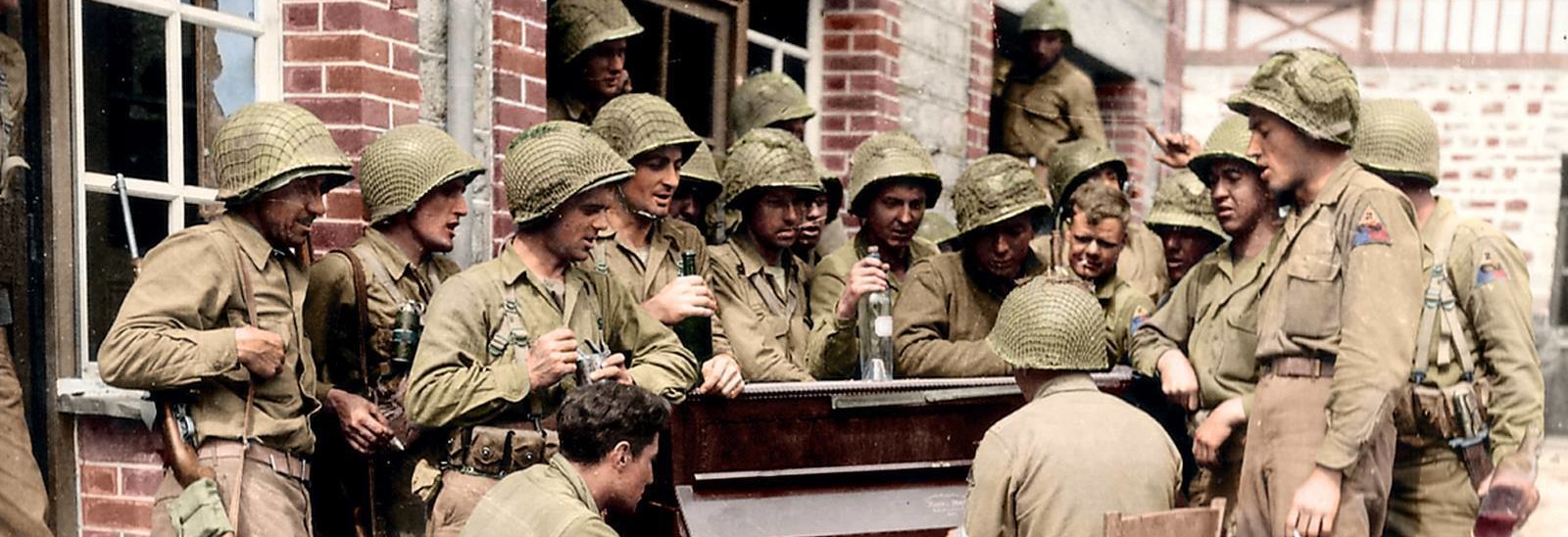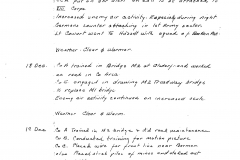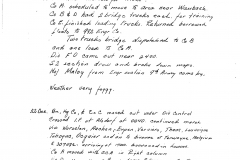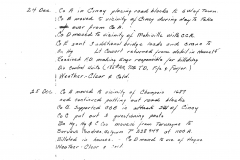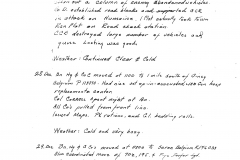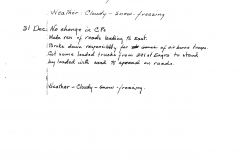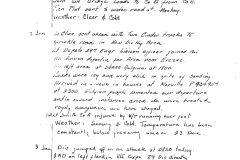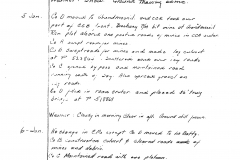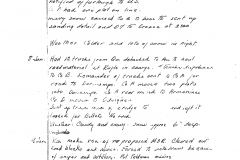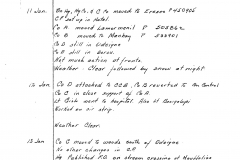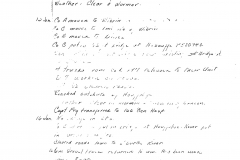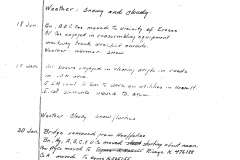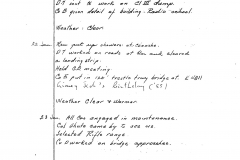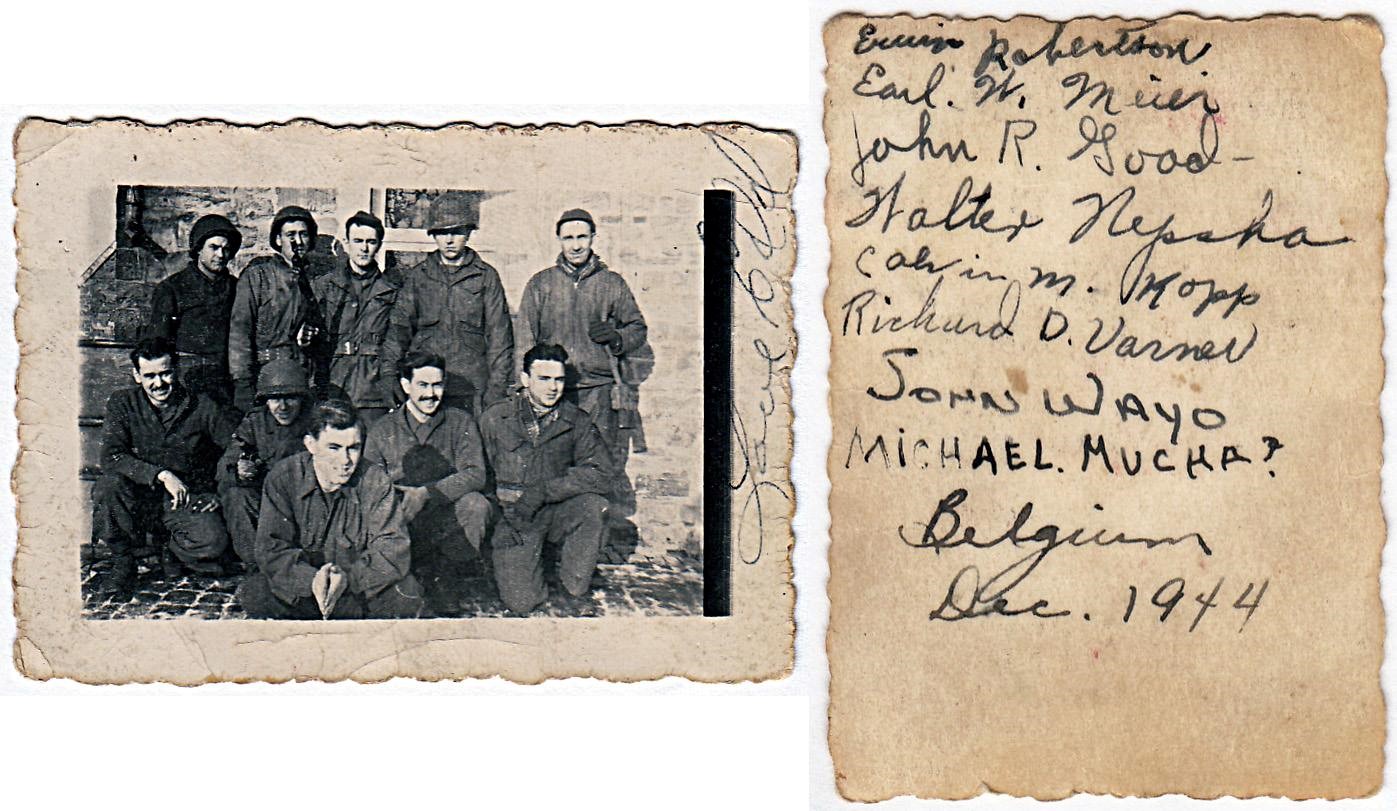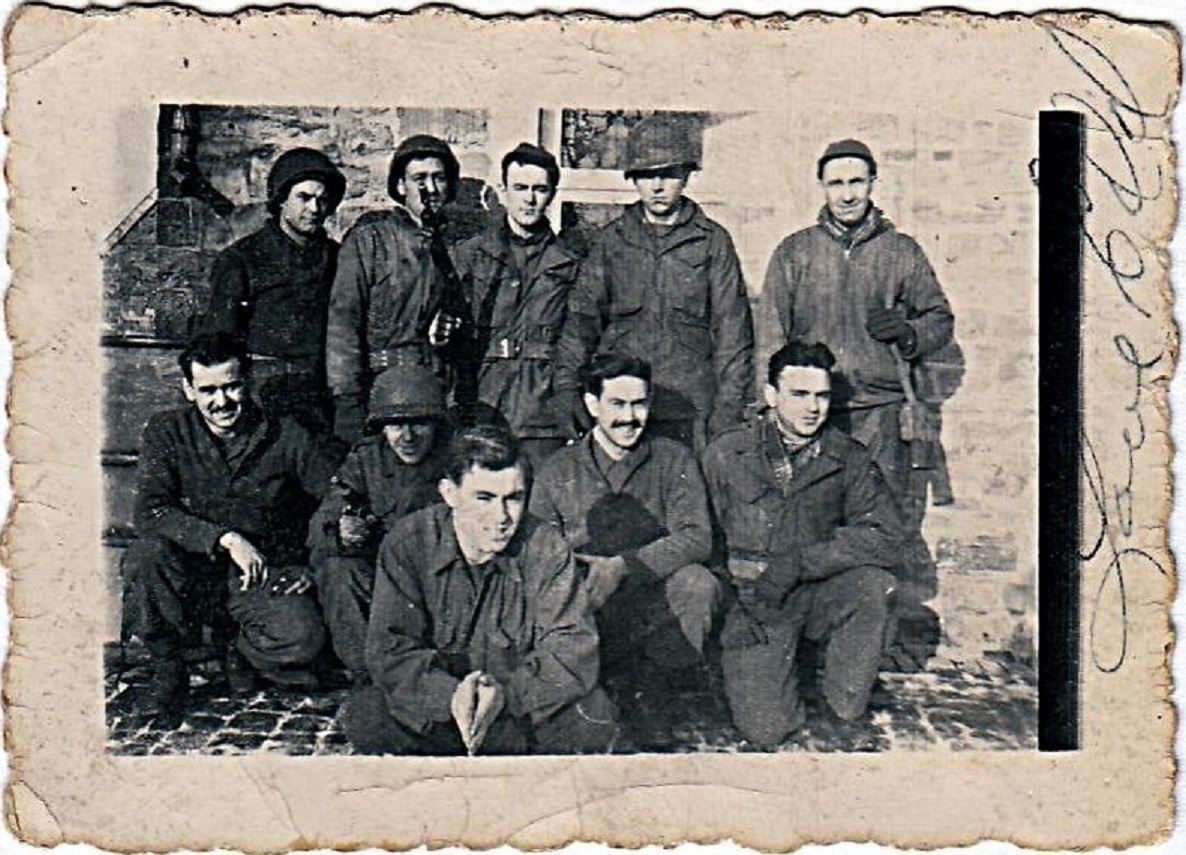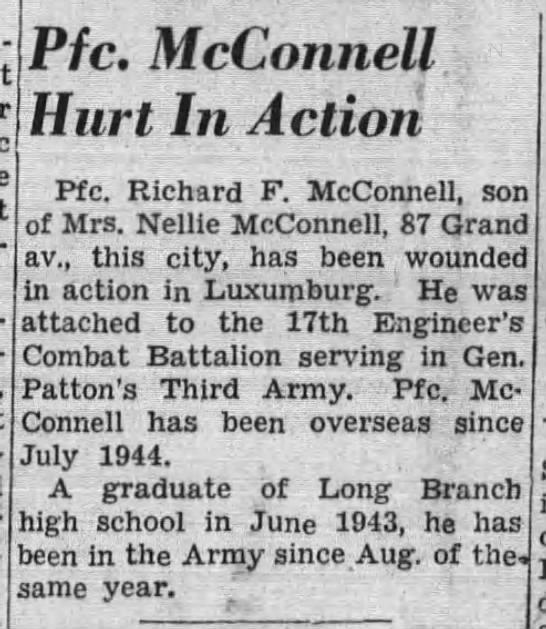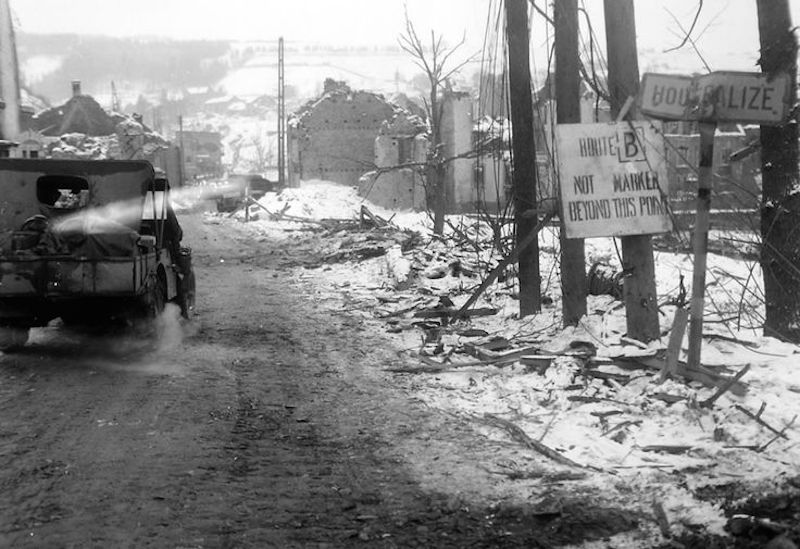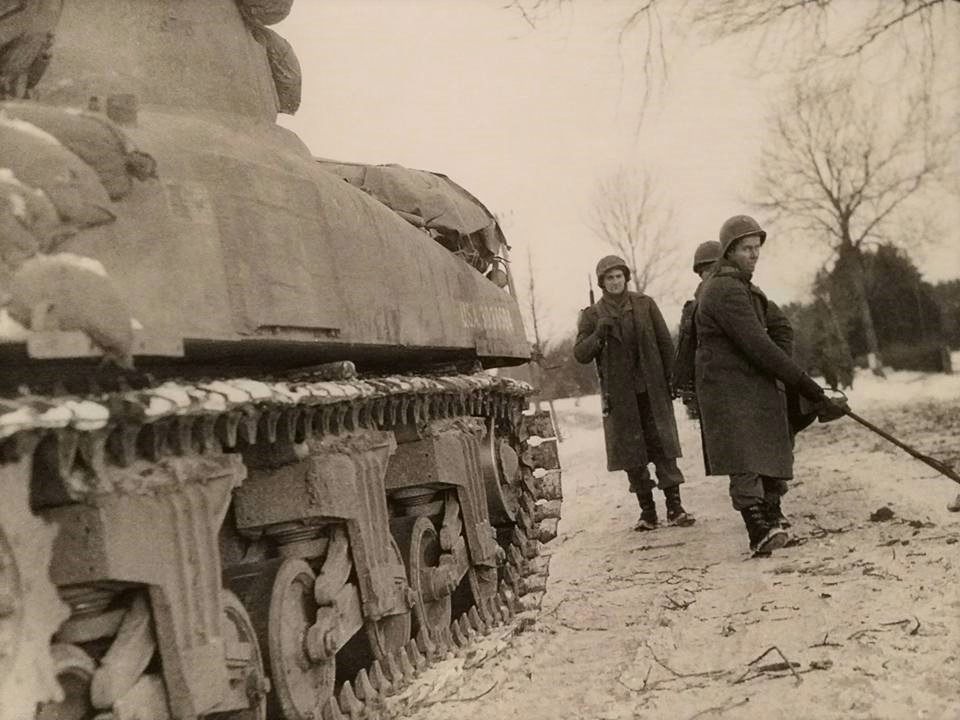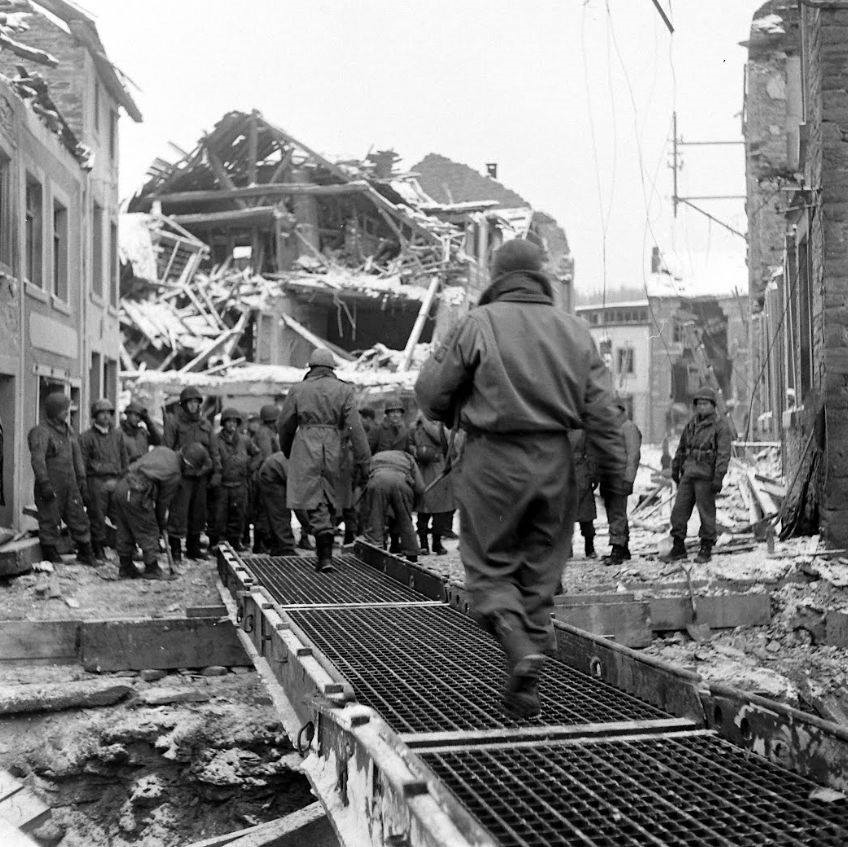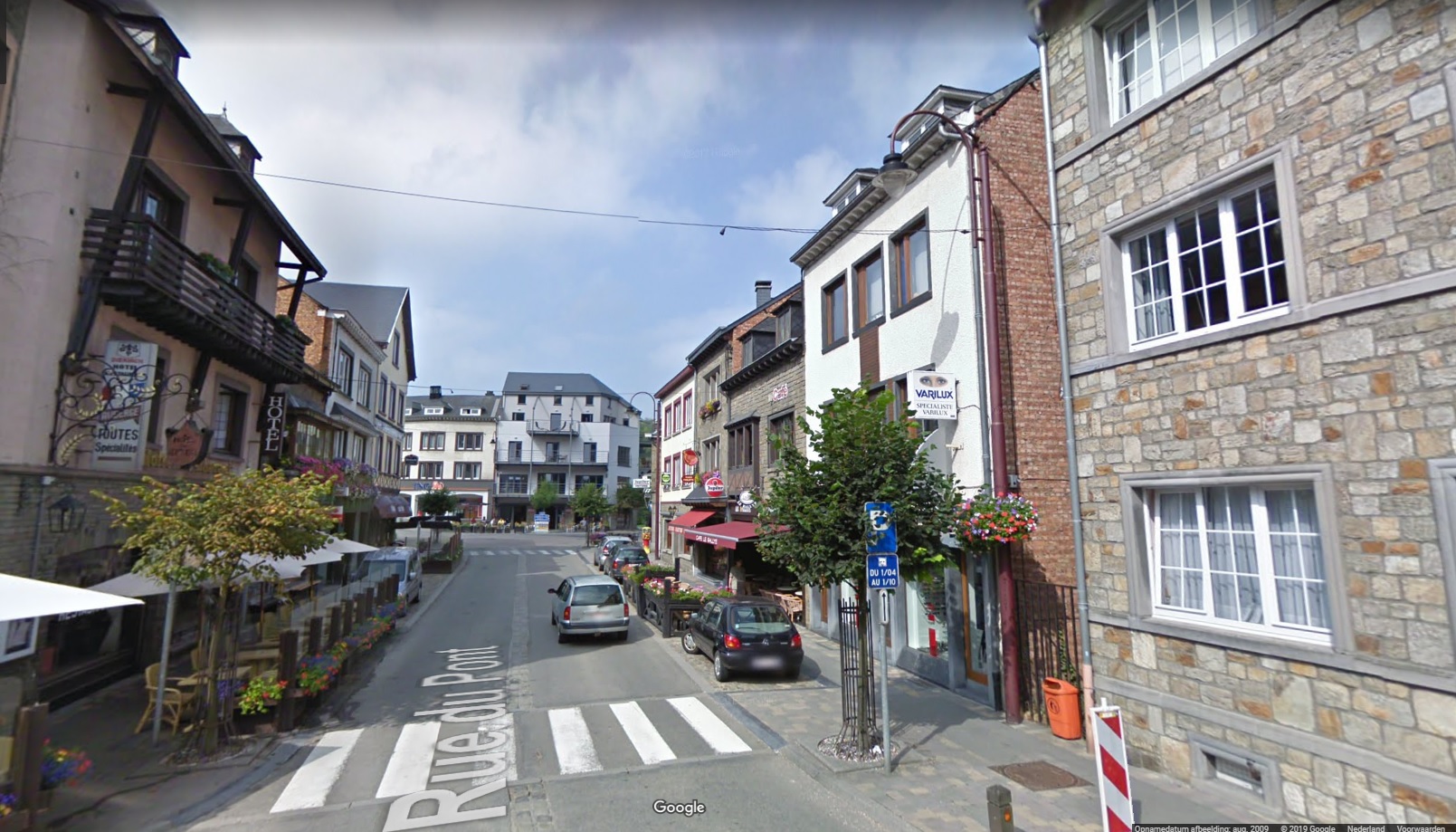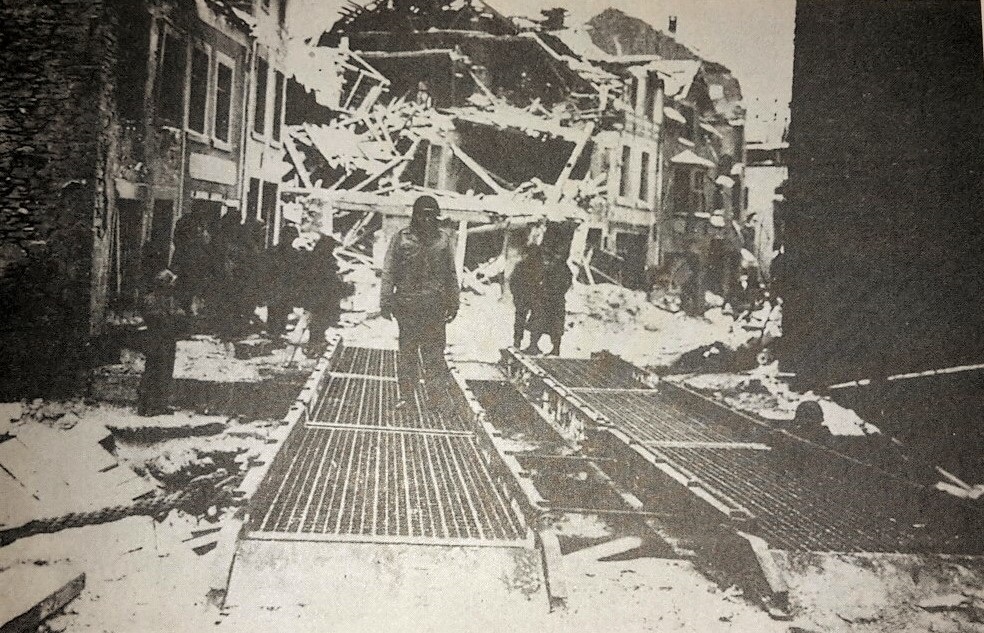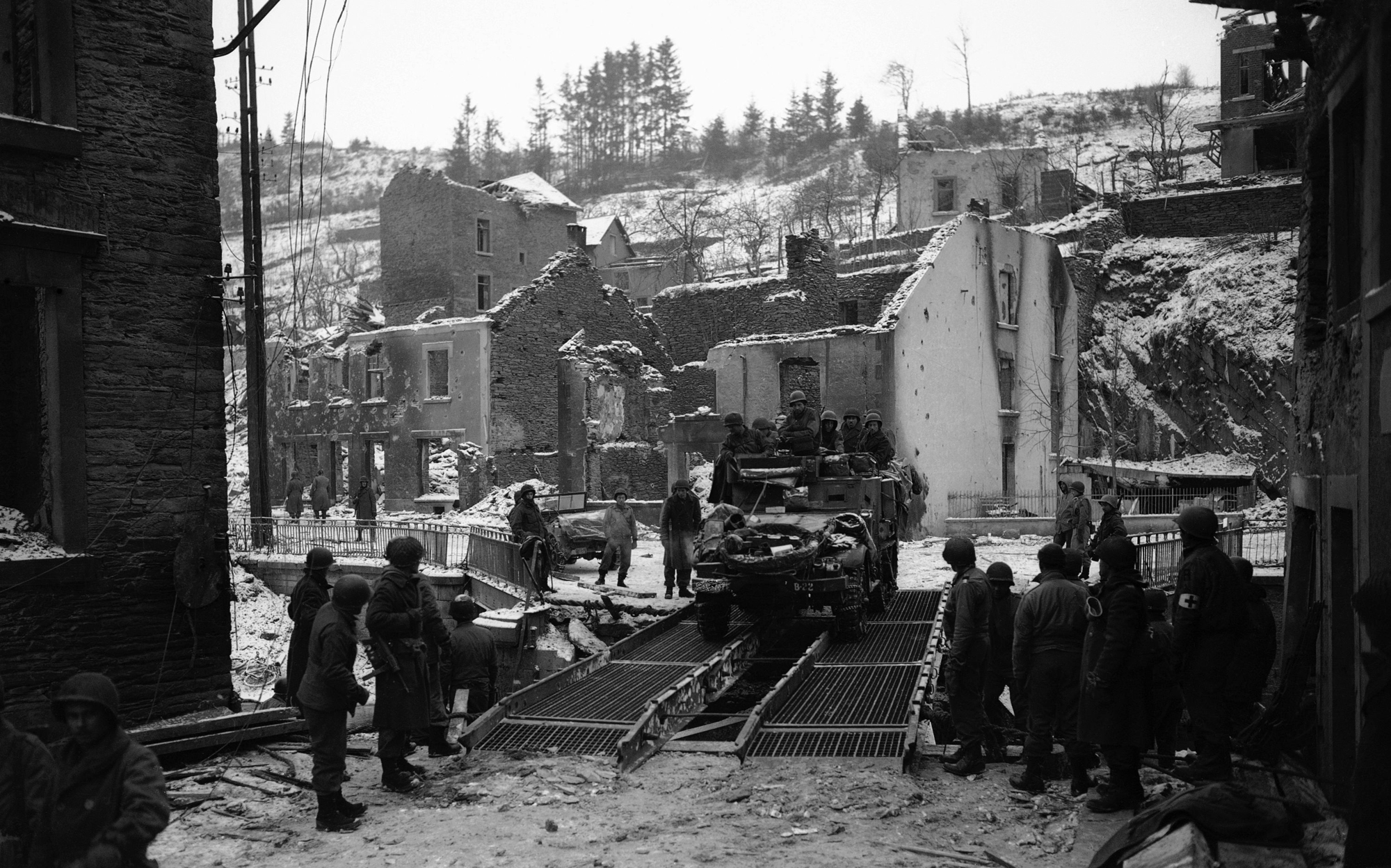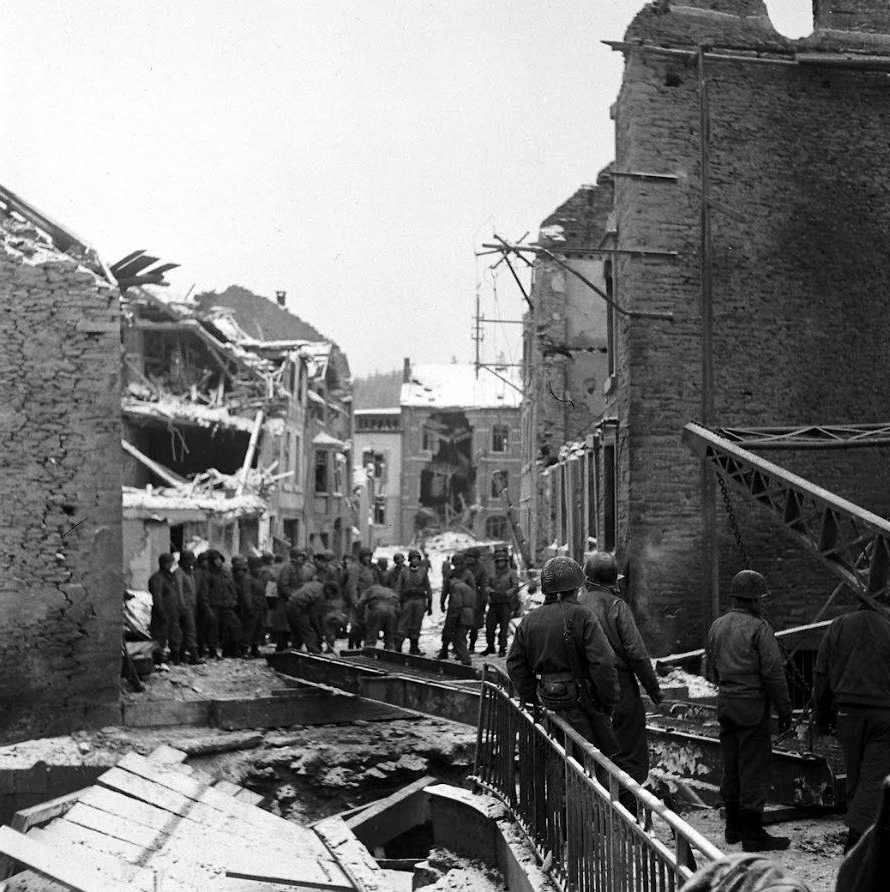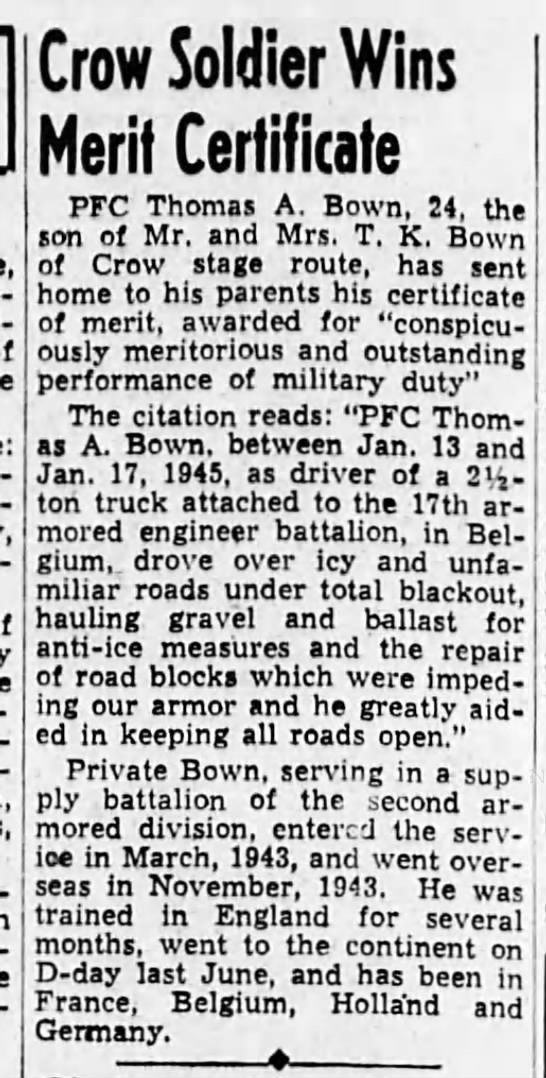PFC David Edd Hiett was allowed to the recreation area in the town of Valkenburg on december 10-11 1944.
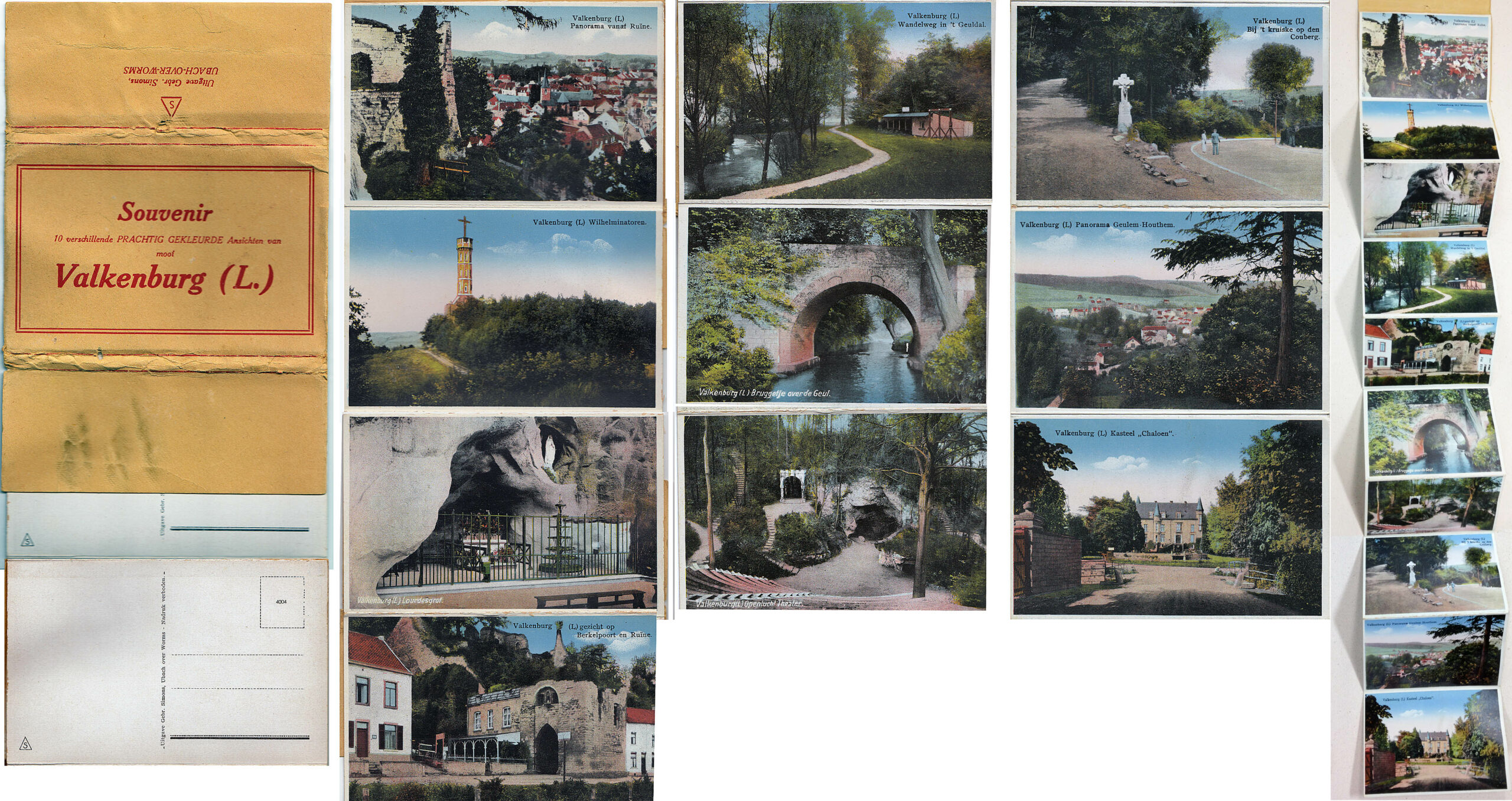

While the division was holding the line en the Roer between Linnich and Julich, Rundstedt opened his winter offensive to the south in Belgium and Luxembourg, When the situation became serious troops were called from the north and south to assist the outnumbered American force being hit by the German armies. For several days, rumors spread that the 2nd armored would be sent, too. And finally orders came confirming this, and with little time given for their completion. The division quickly assembled, troops lists were published, and billeting parties sent out the night of 21 December 1944. Early the next morning ‘Hell on wheels” began rolling in combat columns back into Belgium to meet the foremost tip of Rundstedt armoured spearheads, travelling 100 miles to the next assembly area. For this operation Co. “A” was attached to CC “A”, Co. “B” to CC “B”, Co. °D” to CC “R”, the Bridge Co, was with Div Trains, and the remainder of the Bn was under Division control. Bn Hq ended the march at Rodave, Belgium and the other companies were near by with their respective Combat Commands, contact was soon made with the enemy On 23 Dec Co. “A” moved with the attack into Ciney, each platoon working with a Tank Bn and going on outposts when the area was being secured. As the situation progressed, the company moved the following days to Chappois, to Forzee, to Chevetogne, and on 30 Dec to Prohesse continuing the job of setting up roadblocks, Meanwhile Co “B” had attacked with the 67th AR. Attached to the 1st Bn of Tanks, the 1st Platoon during the Ciney-Celles engagement destroyed a 75 mm, 20 mm and one heavy machine gun. The 2nd Platoon, working with the 67th Rcn co, were used regularly on outpost duty; and the 3rd Platoon, attached to the 3rd Bn, 67th, placed road blocks and served as Infantry in mopping up the area. During one fight the platoon killed approximately 15 enemy troops, captured two, destroyed three 88mm guns and numerous vehicles. Even the Hq Platoon was engaged in the fighting. taking seven prisoners and preparing two bridges in Celles for demolition.
These are the original “After action reports from December 16th, 1944 to January 24th 1945“
Transcribed version: “After action reports from December 16th, 1944 to January 24th 1945“
10-2020
VIDEO: ALBERT CANAL BRIDGE, BELGIUM, 2ND ARMORED DIVISION FLAMETHROWER DEMO, ALTDORF, GERMANY 12/15/1944
FIRST BARGE THRU ALBERT CANAL Quardemechelen, ( ?) Belgium15 Dec 44.
First barge to move thru Albert Canal passes wrecked bridge.
Band and color guard with US flag on canal bank welcome barge.
Group of US officers watches barge as it passes. 2ND ARMORED DIVISION DEMONSTRATIONAltdorf, Germany 21 Dec 44 British “Churchill” flame-thrower tanks and infantrymen of the 41stInf Regt 2nd AD, Ninth US Army in demonstration of attack technique against small village.
Excellent scenes, tanks throw heavy concentration of flames against buildings,infantrymen follow. NO SOUND All Rights belong to the NATIONAL ARCHIVES.
(Edit: Private Richard Chavez died of wouds on 21 December 44)
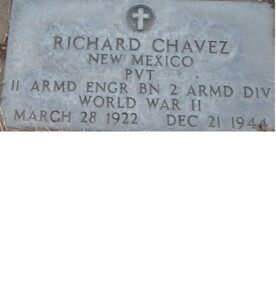
Pfc. McConnell, Hurt In Action Pfc. Richard F. McConnell, son of Mrs. Nellie McConnell, 87 Grand Av. this city, has been wounded in action in Luxemburg. ‘ He was attached to the 17th Engineer’s Combat Battalion serving in Gen. Patton’s Third Army. Pfc, McConnell has been overseas since July 1944. A graduate of Long Branch high school in June 1943, he has been in the Army since Aug. of the same year. ‘
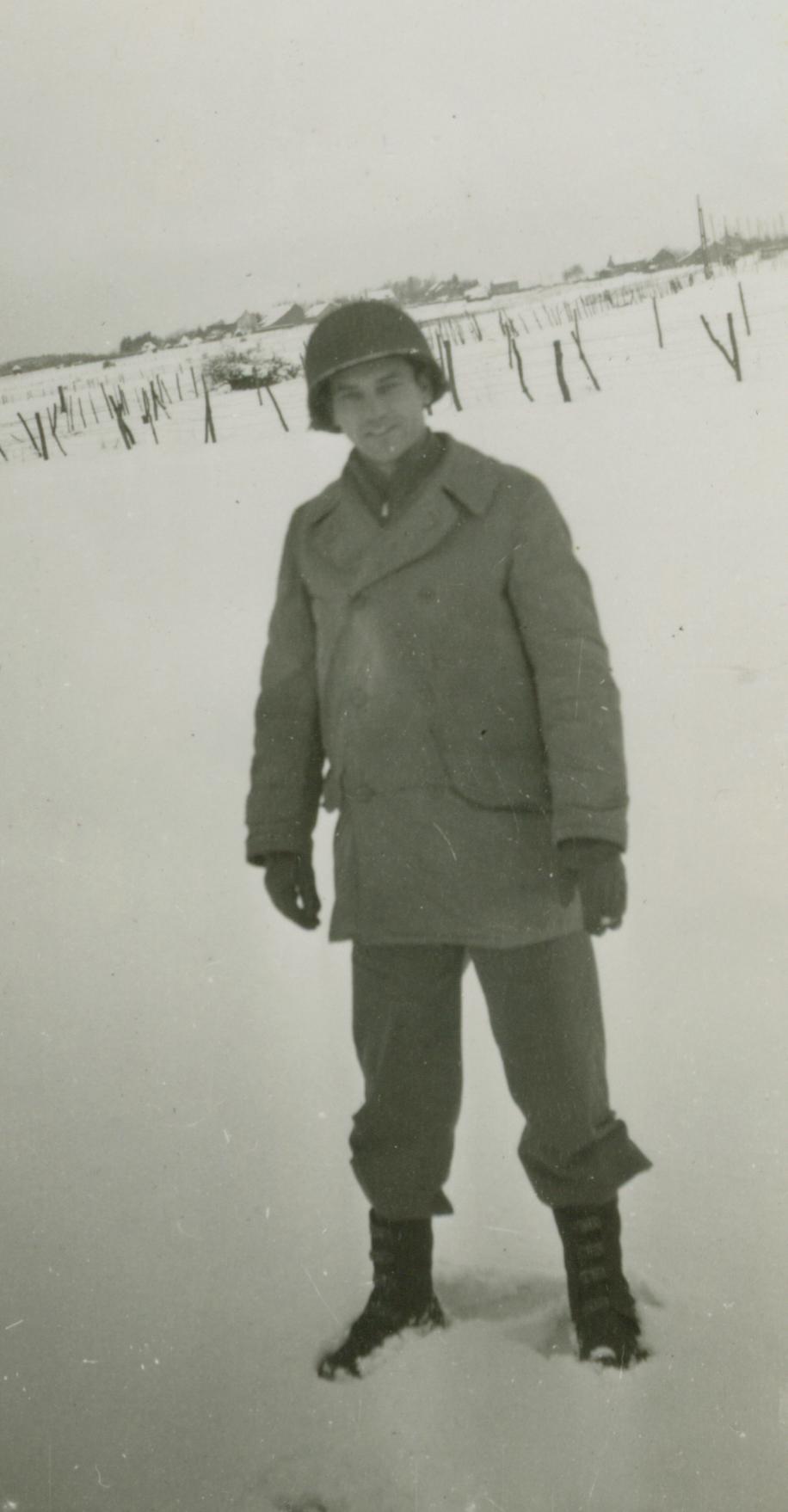
In the CC “R” attack on Humain 27 Dec, Co “D” moved in at dark after the Infantry and cleared half of the town to finish the job. While so doing, the Engineers shot up one radio car, killed two Germans, Wounded one, captured four, received only one casualty during the fight. Meanwhile Co. “Co” was called upon to provide check points at main intersections to prevent enemy infiltration back from the front, and only came in contact with the enemy at this time while providing a guard over a group of captured German vehicles, A few enemy soldiers came upon the vehicles intent on getting food, the guards killed two and the others took off.
The Bridge Company had moved down to the vicinity of Huy. However, it was not until the next phase of the Ardennes operation that their equipment became important. By 28 Dec all companies had pulled back from the line as the division reassembled for its next mission hitting the Bulge from the north and driving towards the center which was Houffalize. From Soree, Belgium the Bn, in preparation for the divisional move from that area to Erezee-Grandmenil and vicinity, sanded two icy routes and the Rcn Plat widened a road junction at Manhay.
01-2021
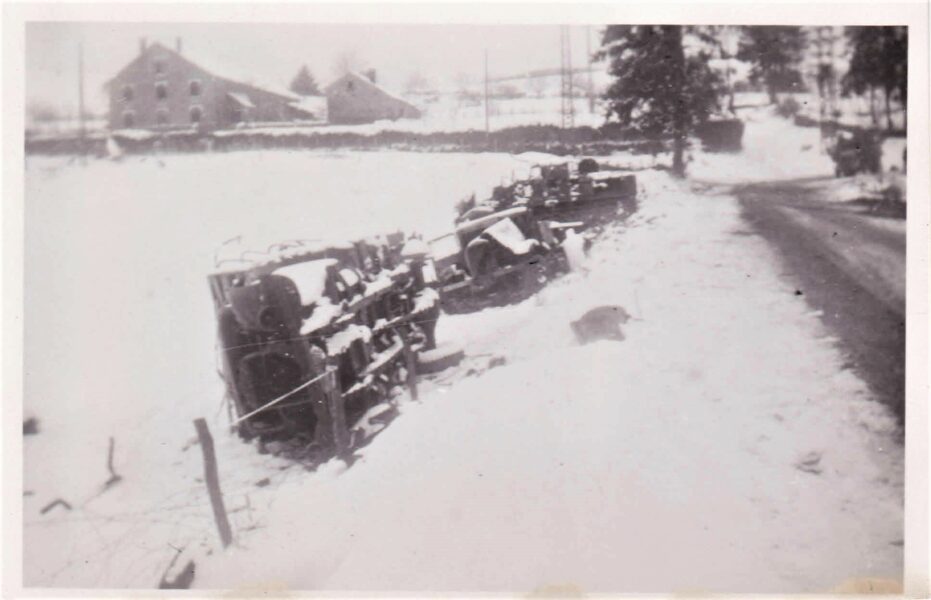
Technical Sergeant Gordon J Ketchpaw; “17th Engineers at German vehicle besides the roads” Belgium, Ardennes, 1945 (Courtesy: Dave Ketchpaw) 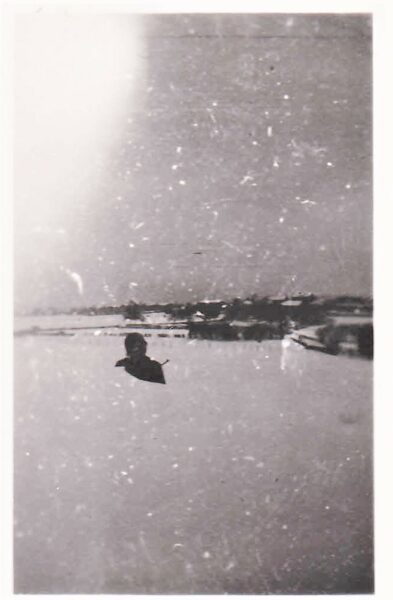
Technical Sergeant Gordon J Ketchpaw; “17th Engineers at the Battle of the Bulge” Belgium, Ardennes, 1945 (Courtesy: Dave Ketchpaw) 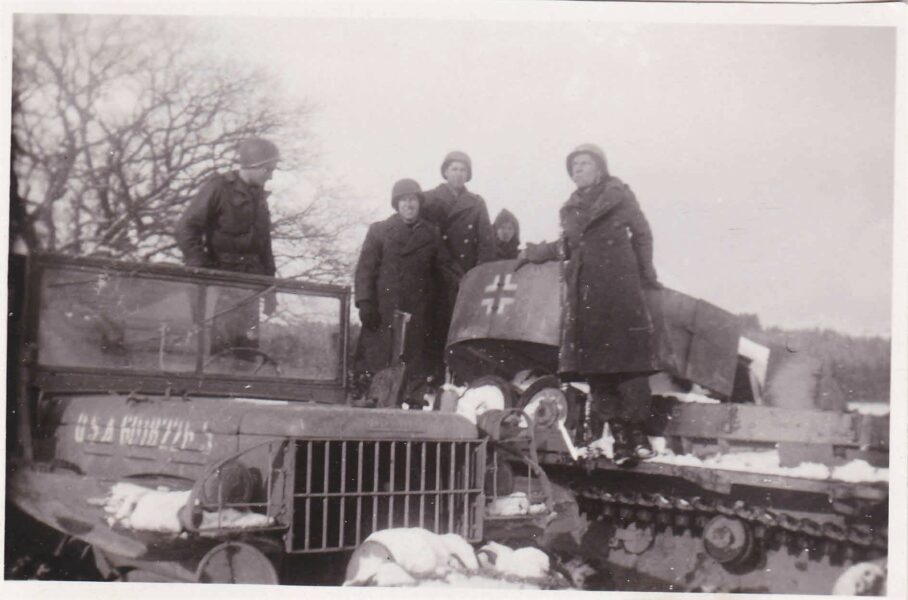
Technical Sergeant Gordon J Ketchpaw; “17th Engineers at German vehicle” Belgium, Ardennes, 1945 (Courtesy: Dave Ketchpaw) 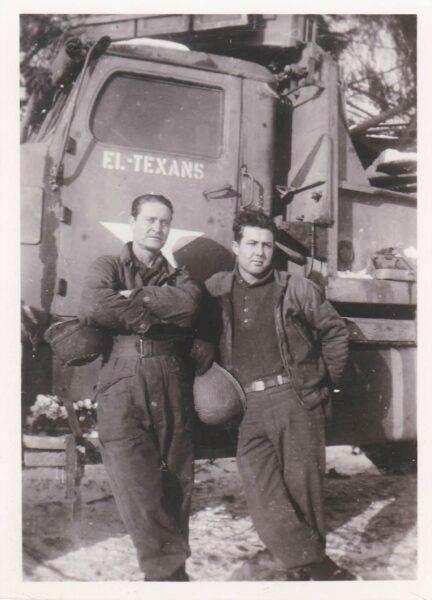
Technical Sergeant Gordon J Ketchpaw; “name Quinn and left Jackson on right” Belgium, Ardennes, 1945 (Courtesy: Dave Ketchpaw) 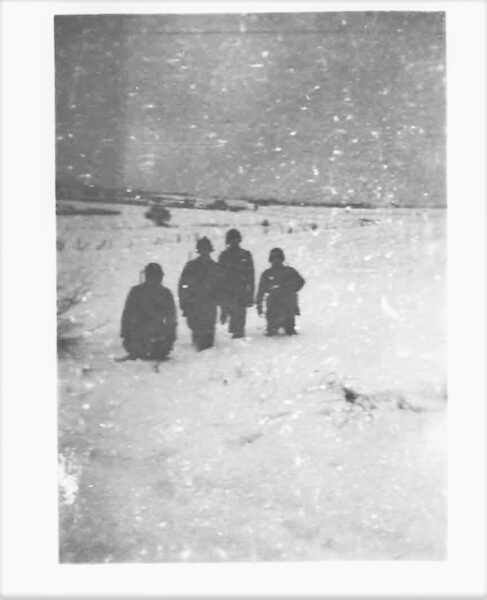
Technical Sergeant Gordon J Ketchpaw; “17th Engineers at the Battle of the Bulge” Belgium, Ardennes, 1945 (Courtesy: Dave Ketchpaw) 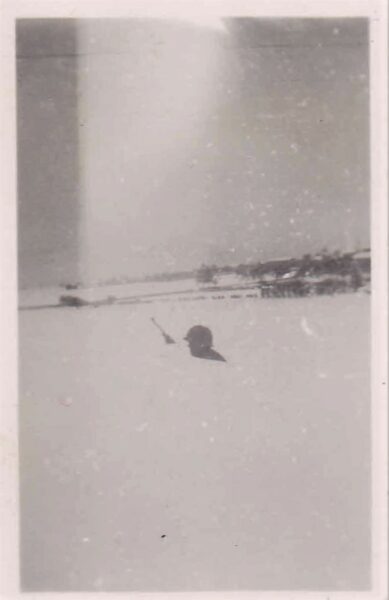
Technical Sergeant Gordon J Ketchpaw; “17th Engineers at the Battle of the Bulge” Belgium, Ardennes, 1945 (Courtesy: Dave Ketchpaw) 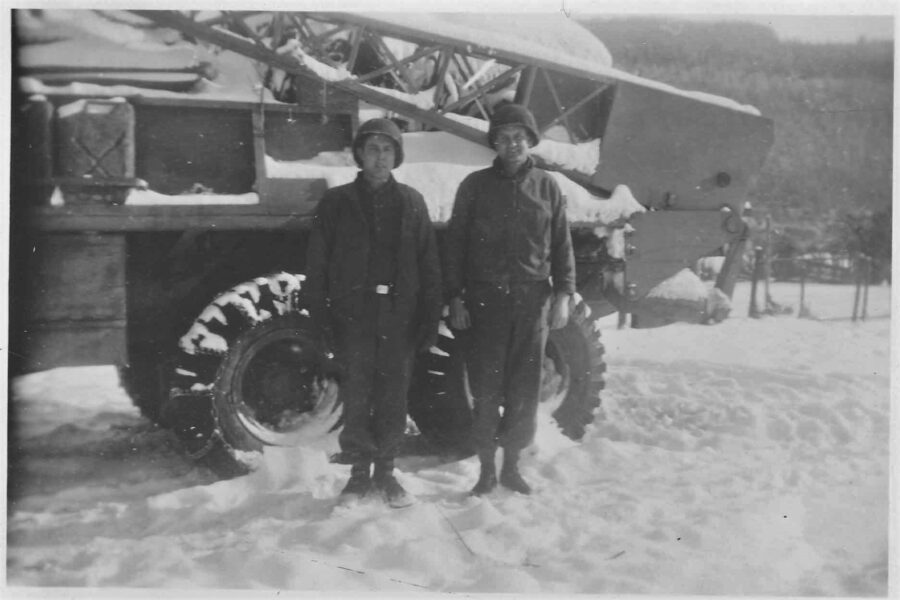
Technical Sergeant Gordon J Ketchpaw; “17th Engineers at the Battle of the Bulge” Belgium, Ardennes, 1945 (Courtesy: Dave Ketchpaw) 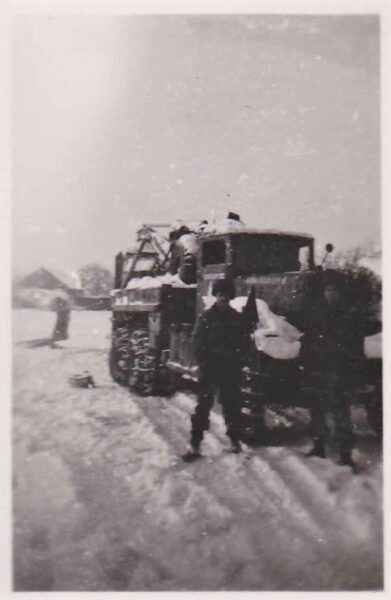
Technical Sergeant Gordon J Ketchpaw; “Truck Heavy Wrecker 6×6 M1 Ward La France” Belgium, Ardennes, 1945 (Courtesy: Dave Ketchpaw)
(Edit: during these actions the 2nd Armored Division earned there 2nd Belgian Fourragere)
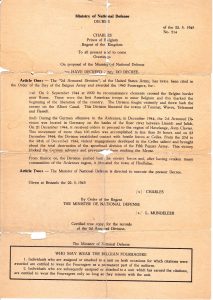
Belgian Fourragere (1940), awarded under decree No. 514, 22 May 1945, as amended by decree No. 3864, 28 April 1947, by Charles, Prince of Belgium, Regent of the Kingdom.
During the German offensive in the Ardennes, in December 1944, the 2d Armored Division was located in Germany, on the banks of the Roer River between Linnich and Julich. On 21 December 1944, it received orders to proceed to the region of Havelange, Avin Clavier.
This movement of more than 100 miles was accomplished in less than 24 hours and on 23 December 1944, the Division established contact with hostile forces at Celles. From the 23d to the 28th of December 1944, violent engagements eveloped in the Celles salient and brought about the total destruction of the spearhead division of the Fifth Panzer Army.
This victory blocked the German advance and prevented it from reaching the Meuse. From thence on, the Division pushed back the enemy forces and, after having retaken many communities of the Ardennes region, it liberated the town of Houffalize.

(Read more about PFC David E Hiett here: Private First Class David Edward “Eddie” Hiett
On 1 Jan, 1945. With Hq at Morville 2 to 10 Jan, all elements of the Bn were engaged in clearing roads of snow, sanding roads, and clearing mines and abatee type road blocks. Mountainous terrain, snowcovered roads, a generous use of AT mines and booby traps by the enemy, their demolition of bridges and construction of numerous road blocks of felled trees, and the results of artillery fire on roads and villages required a continuous use of Engr personnel in the forward areas. Co. “A” on 2 Jan supported an attack by the 335th Inf Regt, 84th Div, on Befee, with four men reported MIA.
(Edit 1: on the 4th of January 1945 Private Earl T. Forbes was Killed in action)
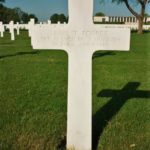
(Edit 2: Between the 4th and the 6th of January 1945 a total of 4 Engineers went Missing)
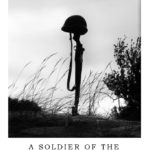
(Edit 1: this is where Staffsergeant Willis G Wyatt earned his Distinguished Service Cross,read more about Willis G Wyatt here)
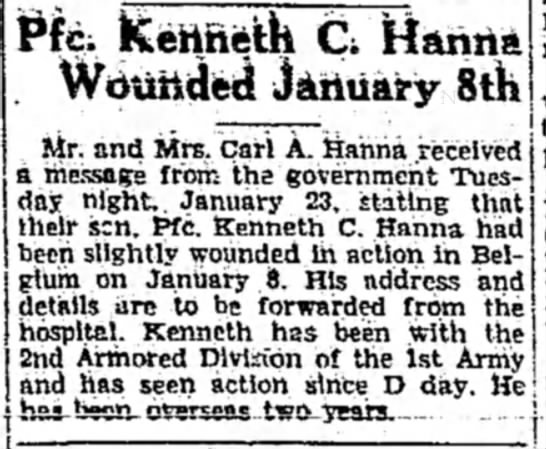
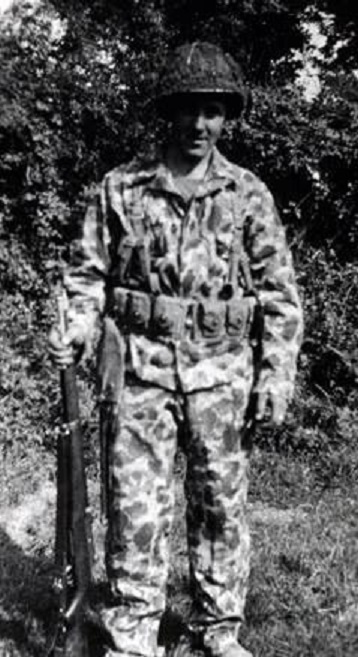
(Read more about: Private First Class, Kenneth C. Hanna)
Seventeen PW’s were captured by “B” Co. Platoons clearing mines with front line elements firing the period Jan 4-8; “C” Co. had charge of constructing a corduroy bypass, and Co, “D” was removing mines and pulling outpost duty with tanks. Bulldozers were worked steadily filling crater holes, pushing knockedout vehicles off roads and assisting in the removal of road blocks. Moving Hq. to Erezee, the Bn made a study of stream crossings of L´ourthe River near Houffalize.
As the Division advanced south of the Grandmenil Erezee area, Hq and all line elements reached tents in snow filled woods, Since the destruction of villages did not permit the preferred practice of taking over civilian houses.
Edit 2: In the “After action resports” is stated on 9 january 1944:
Reconnaissance made reconnaissance of proposed MSR? Cleared out road blocks and mines. Forced to withdraw because of sniper and artillery. Private Feldman* missing.
Private Feldman was reported “missing” on january 9, 1944.
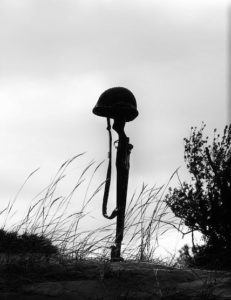
(Edit 3: on the 9th of January 1945 Corporal Charles J. Kildea was Killed in action)
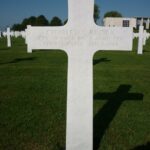
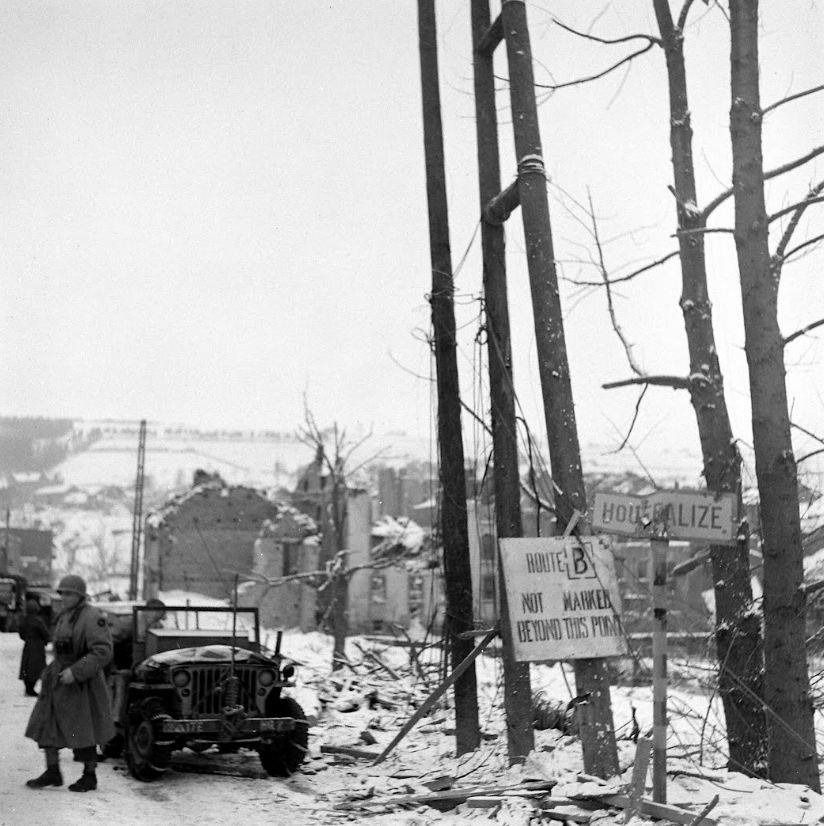
09-2020
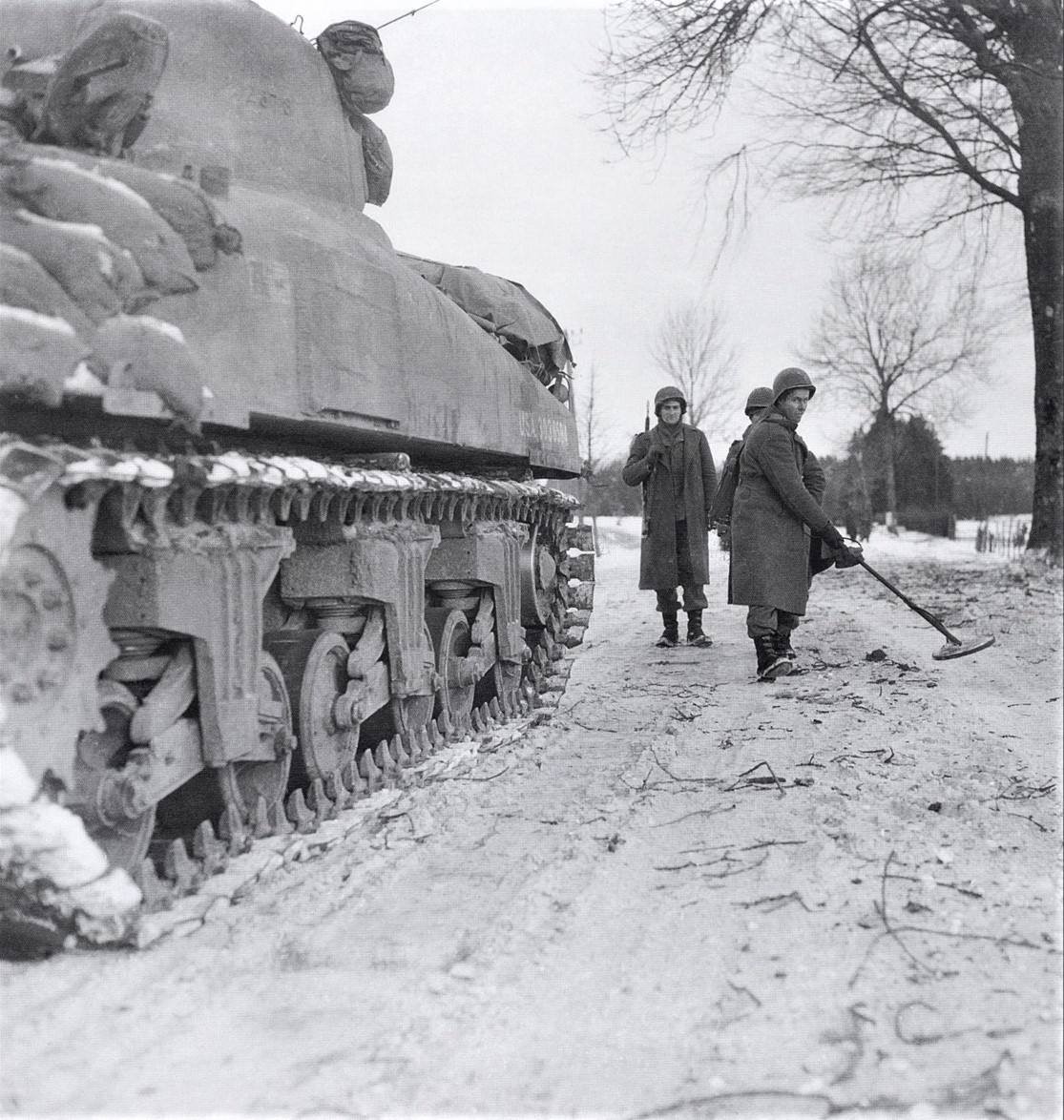
The period 12-17 January required the construction of several tread way bridges because of the enemy’s excellent demolition work. Several of these bridges were built under observed fire, but Engr casualties were light. Mines caused other casualties, as did enemy fire to mine clearing parties working forward. Co. “B” during this period destroyed an enemy 155 mm field piece and captured two Mark V tanks, abandoned. The 2nd Plat of “B” Co. constructed the 36 foot treadway bridge across L’Ourthe en 17 Jan which allowed divisional armor to cross into Houffalize and link up with the 3rd army. During the night Co. “D” provided outposts on roads and bridges in Houffalize, and the next day the division began disengaging preparatory to rnoving back to an assembly and rest area, with the Engr companies reverting to unit control.
Treadway bridge crossing the L’Ourthe on January 17, 1945 at Houffalize, Belgium constructed by the 17th Armored Engineer Battalion, B Company
Read more here: Treadway bridge crossing the L’Ourthe on January 17, 1945 at Houffalize, Belgium constructed by the 17th Armored Engineer Battalion, B Company
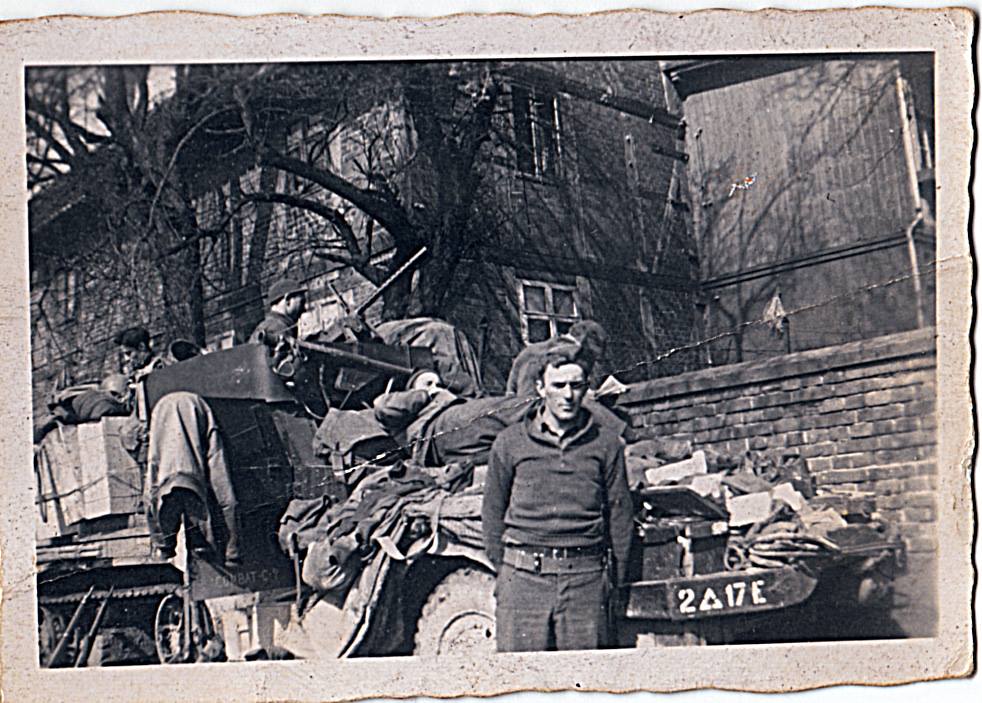
Crow Soldier Wins Merit Certificate
PFC Thomas A. Bown, 24, the son of Mr. and Mrs. T. K. Bown of Crow stage route, has sent – home to his parents his certificate – of merit, awarded for “conspicuously meritorious and outstanding performance of military duty The citation reads: “PFC Thomas A. Bown. between Jan. 13 and – Jan. 17, 1945, as driver of a 24 ton truck attached to the 17th armored engineer battalion, in Belgium, drove over icy and unfamiliar roads under total blackout, hauling gravel and ballast for y antice measures and the repaire of road blocks which were impededing our armor and he greatly aided in keeping all roads open.” Private Bown, serving in a supply battalion of the Second Armored division, entered the service in March, 1943, and vent overseas in November, 1943. He was trained in England for several months, went to the continent on D-day last June, and has been in France, Belgium, Holland and Germany.
(Transcribed by: Martijn Brandjes)
12-2020
M2 Treadway Bridges Constructed by the 17th Armored Engineer Battalion during the Ardennes Campaign were as follows:
| Location | Near | Length | Placed by (Company) | Date placed | Date removed |
|---|---|---|---|---|---|
| vP518869 | Le Batty | 36 | Co D | 5 january | 24 january |
| vP504839 | Dochamps | 36 | Co B | 8 january | 24 january |
| vP523864 | – | 24 | 297E | 9 january | 10 january |
| vP568827 | Le Fond | 48 | Co C | 13 january | 25 january |
| vP569766 | Chevroument | 24 | Co C | 14 january | 25 january |
| vP584763 | Willonge | 60 | HQ Co | 15 january | 25 january |
| vP579742 | Achouffe | 72 | Co C | 15 january | 24 january |
| vP611723 | Houffalize | 36 | Co B | 17 january | 21 january |
| vP482113 | – | 120 | Co E | 22 january | 1 january |
Total length built: 446 !
M2 Treadway Bridges Constructed by the 17th Armored Engineer Battalion during the Ardennes Campaign in January 1945 coordinates in Google Maps:
Distinguished Unit Citation
Citation from: War Dept., General Orders, 2-46
The 17th Armored Engineer Battalion is cited for outstanding performance of duty in action against the enemy during the period of 22 December 1944 through 17 January 1945, in which the spearheading armored elements of the German Ardennes break-through were first stopped and annihilated and then the remaining enemy forces in the western half of the bulge cut off from their retreat to Germany. The gallantry, superior professional skill, brilliant teamwork, extreme individual ruggedness and will to close with the enemy by the members of the 17th Armored Engineer Battalion during this period materially assisted the 2nd Armored Division in all its advances against a determined, tenacious enemy, as well as overcome almost insurmountable obstacles imposed by weather and terrain.
The men of the 17th Armored Engineer Battalion, in heroic infantry fighting, repeatedly attacked fortified towns and heavily defended enemy road blocks in face of murderous fire from German tanks, assault guns, artillery and dug-in infantry armed with mortars, machine guns, and other small arms.
In spite of the almost continuous dismounted combat, no essential engineer functions were neglected.
An extremely cold Ardennes winter provided ice conditions which mad tank operations impossible, and heavy snows which completely blocked the few inadequate arteries of traffic, covered mines, and made their removal additionally hazardous.
The superhuman efforts of the 17th Armored Engineer Battalion, together with the daring and determined spirit which knew no limitations despite extreme exhaustion and battle weariness of the individual engineer, culminated in the encirclement and virtual annihilation of the German 2nd Panzer Division and in the advance south to line up with the Third Army south of Houffalize, thus cutting the German salient in half.
(General Orders 79, Headquarters 2nd Armored Division. 31 October 1945, as approved by the Commanding General, United States Army Forces, European Theater (Main).)
Newspaper article 19 Dec 1963
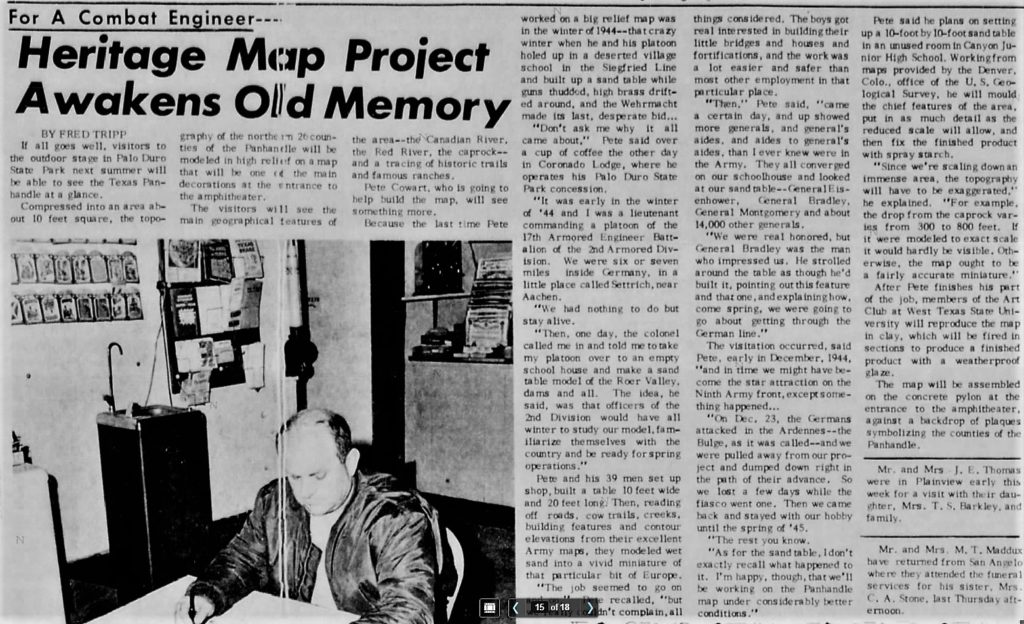
For A Combat Engineer Heritage Map Project Awakens Old Memory
BY FRED TRIPP
If all goes well visitors to the outdoor stage In Palo Duro State Park next summer will be able to see the Texas Pan-handle at a glance. Compressed into an area about 10 feet square, the topography of the north ten 26 coun-ties of the Panhandle will be modeled In high rellief on a map that will be one (4 the main decorations at the c nuance to the amphitheater. The visitors will see the main geographical features of the area the Canadian River, the Red River, the caprock–and a tracing of historic trails and famous ranches. Pete Cowart, who is going to help build the map, will see something more. Because the last time Pete worked on a big relief map was in the whiter of 1944–that crazy winter when he and his platoon holed up in a deserted village school in the Siegfried Line and built up a sand table while guns thudded, high brass drift-ed around, and the Wehrmacht made its last, desperate bid… “Don’t ask me why it all came about,” Pete said over a cup of coffee the other day in Coronado Lodge, where he operates his Palo Duro State Park concession. “It was early in the winter at ’44 and I was a lieutenant commanding a platoon of the 17th Armored Engineer Battalion of the 2nd Armored Division. We were six or seven miles inside Germany, in a little place called Settrich, near Aachen. “We had nothing to do but stay alive. “Then, one day, the colonel called me in and told me totake my platoon over to an empty school house and make a sand table model of the Roer Valley, dams and all. The idea, he said, was that officers of the 2nd Division would have all winter to study our model, familiarize themselves with the country and be ready for spring operations.” Pete and his 39 men set up shop, built a table 10 feet wide and 20 feet long; Then, reading off roads, cow trails, creeks, building features and contour elevations from their excellent Army maps, they modeled wet sand into a vivid miniature of that particulair bit of Europe. “The job seemed to go on and on Peter recalled, “but didn’t complain, all things considered. The boys got real interested in buildingtheir little bridges and houses and fortifications, and the work was a lot easier and safer than most other employment in that particular place. “Then,” Pete said, “came a certain day, and up showed more generals, and general’s aides, and aides to general’s aides, than l ever knew were in the Army. They all converged on our schoolhouse and looked at our sand table–General Eisenhower, General Bradley, General Montgomery and about 14,000 other generals. “We were real honored, but General Bradley was the man who impressed us. He strolled around the table as though he’d built it, pointing out this feature and that one, andexplaining how, come spring, we were going to go about getting through the German line.” The visitation occurred, said Pete, early in December, 1944. “and in time we might have have come the star attraction on the Ninth Army front, except somnething happened… “On Dec. 23, the Germans attacked in the Ardennes–the Bulge, as it was called—and we were pulled away from our project and dumped down right In the path of their advance. So we lost a few days while the fiasco went one. Then we came back and stayed with our hobby until the spring of ’45. “The rest you know. “As for the sand table, ;don’t exactly recall what happened to it. I’m happy, though, that we’ll be working on the Panhandle map under considerably better conditions.” Pete said he plans on setting up a 10-foot by l0-foot sand table in an unused room In Canyon Junior High School. Working from maps provided by the Denver. Colo. office of the U. S. Ecological Survey, he will mould the chief features of the area, put in as much detail as the reduced scale will allow, and then fix the finished product with spray starch. “Since we’re scaling down an immense area, the topography will have to be exaggerated.” he explained. “For example, the drop from the caprock varies from 300 to 800 feet, if it were modeled to exact scale it would hardly be visible. Oth-erwise, the map ought to be a fairly accurate miniature.” After Pete finishes his part of the job, members of the Art Club at West Texas State University will reproduce the map in clay, which will be fired in sections to produce a finished product with a weatherproof glare. The map will be assembled on the concrete pylon at the entrance to the amphitheater, against a backdrop of plaques symbolizing the counties of the Panhandle.
